Description
Ethylbenzene: A Key Petrochemical Building Block
Ethylbenzene is a colorless, flammable liquid with a smell similar to gasoline. While you might not recognize the name, it’s a vital component of the modern world, primarily due to its role as the precursor to styrene, a crucial building block for plastics and synthetic rubber. Let’s delve into the properties, production, uses, and potential concerns surrounding this important petrochemical.
What is Ethylbenzene?
Ethylbenzene is an aromatic hydrocarbon with the chemical formula C8H10. It’s composed of a benzene ring with an ethyl group (C2H5) attached. This relatively simple structure belies its significant impact on the chemical industry.
How is Ethylbenzene Produced?
The vast majority of ethylbenzene is produced through the alkylation of benzene with ethylene. This process involves combining benzene and ethylene in the presence of a catalyst, typically aluminum chloride (AlCl3) or a zeolite. The reaction results in the addition of the ethyl group to the benzene ring, forming ethylbenzene.
There are several variations of the alkylation process, each with its own advantages and disadvantages in terms of efficiency, selectivity, and catalyst requirements. These include:
- Liquid-phase alkylation (AlCl3 catalyst): This is a traditional method still widely used.
- Vapor-phase alkylation (zeolite catalyst): This process is gaining popularity due to its environmental benefits and high selectivity.
A smaller amount of ethylbenzene is also recovered as a byproduct of petroleum refining processes, specifically from catalytic reformers and pyrolysis gasoline.
The Primary Use: Styrene Production
The overwhelming majority of ethylbenzene produced globally is used to manufacture styrene. Styrene, in turn, is the monomer used to create polystyrene plastics, expandable polystyrene (EPS), and various styrene-butadiene rubbers (SBR). These materials find widespread applications in:
- Packaging: Polystyrene foam is used for food containers, cushioning materials, and insulation.
- Construction: EPS is used as insulation in walls and roofs.
- Automotive: SBR is a key component in tires.
- Consumer Goods: Polystyrene is used in toys, appliances, and numerous other everyday products.
Other Uses
While styrene production dominates, ethylbenzene also has other, albeit smaller, applications. It is used as:
- A solvent: In various industrial processes and as a component of paints, varnishes, and inks.
- A component of gasoline: To increase octane rating.
- An intermediate in the production of other chemicals.
Potential Hazards and Environmental Concerns
Like many volatile organic compounds (VOCs), ethylbenzene poses certain health and environmental risks.
- Health Concerns: Exposure to high concentrations of ethylbenzene can cause irritation of the eyes, skin, and respiratory tract. Inhalation of high levels can lead to dizziness, headache, and even unconsciousness. Long-term exposure has been linked to potential liver and kidney damage.
- Environmental Concerns: Ethylbenzene is a flammable and volatile organic compound. Release into the environment can contribute to air pollution and the formation of smog. It can also contaminate soil and groundwater.
Safety and Handling
Due to its flammable nature and potential health effects, ethylbenzene requires careful handling and storage.
- Proper ventilation: Working with ethylbenzene should be done in well-ventilated areas to minimize exposure.
- Personal protective equipment (PPE): Gloves, eye protection, and respirators should be used when handling ethylbenzene.
- Safe storage: Ethylbenzene should be stored in tightly closed containers in a cool, dry, and well-ventilated area, away from sources of ignition.
- Spill control: Procedures should be in place to contain and clean up any spills promptly and effectively.
The Future of Ethylbenzene
As long as demand for styrene-based plastics and rubbers remains high, ethylbenzene will continue to be a crucial petrochemical intermediate. Research and development efforts are focused on:
- Improving the efficiency and sustainability of ethylbenzene production: This includes developing more efficient catalysts and alternative production routes.
- Developing more sustainable alternatives to styrene-based plastics: To reduce reliance on fossil fuels and minimize environmental impact.
- Improving the safety and handling regulations for ethylbenzene: To protect workers and the environment.
In Conclusion
Ethylbenzene, though often unseen and unacknowledged, plays a critical role in our daily lives, enabling the production of a wide range of essential products. Understanding its properties, production, uses, and potential risks is crucial for managing its use responsibly and promoting a more sustainable future. As technology advances, ongoing efforts to improve its production and explore alternatives will be essential in ensuring a balance between its benefits and potential drawbacks.


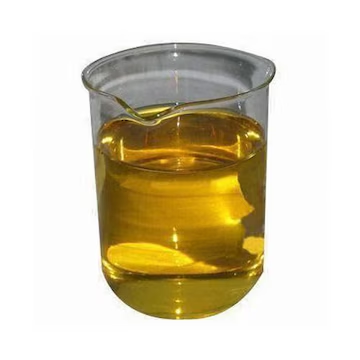
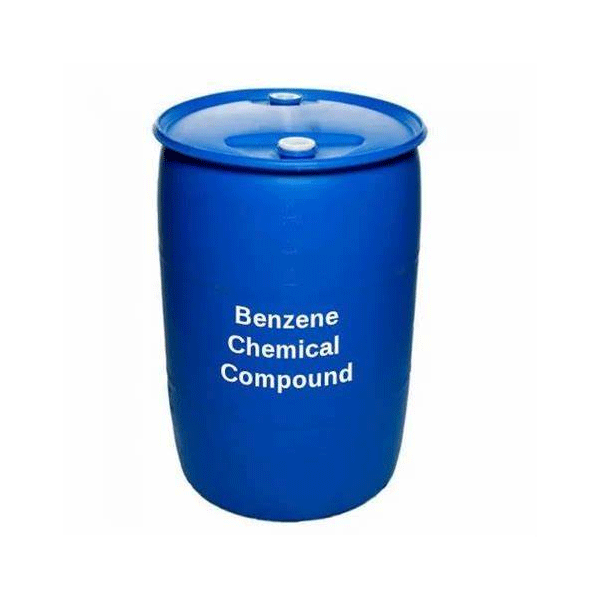

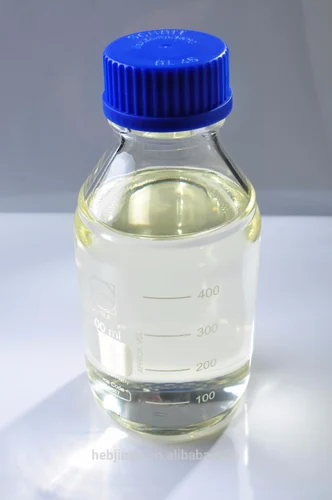
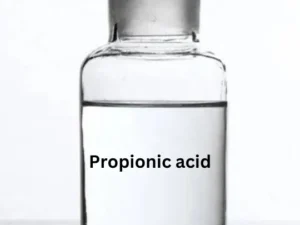
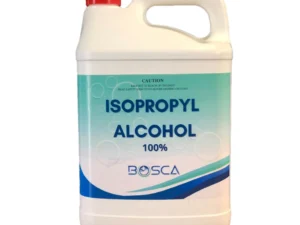
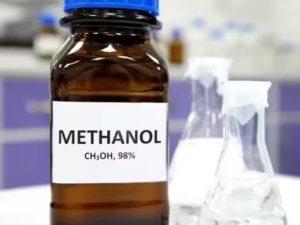

Reviews
There are no reviews yet.